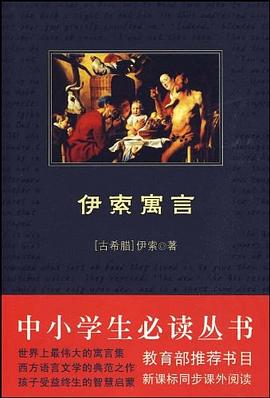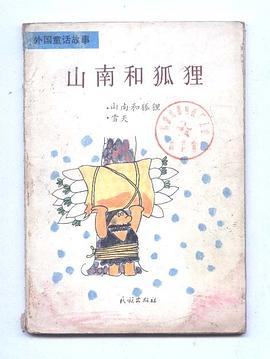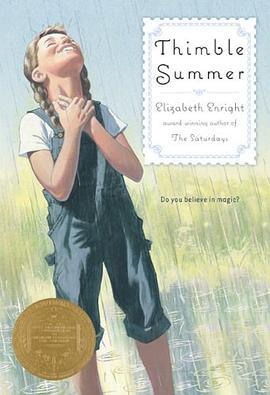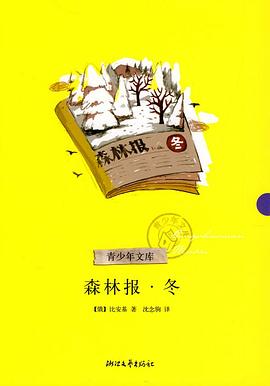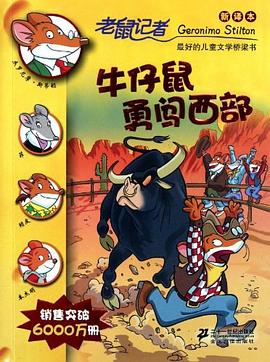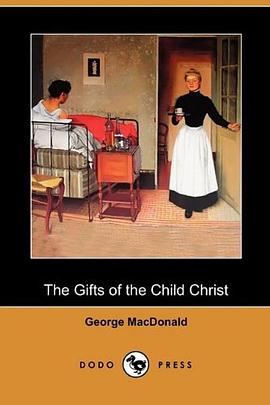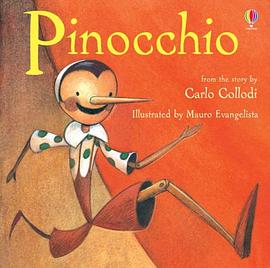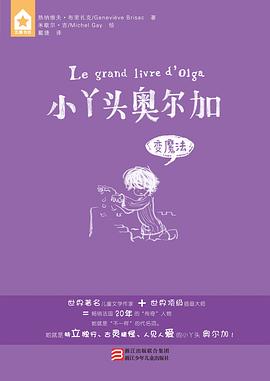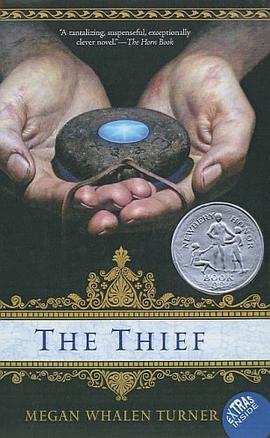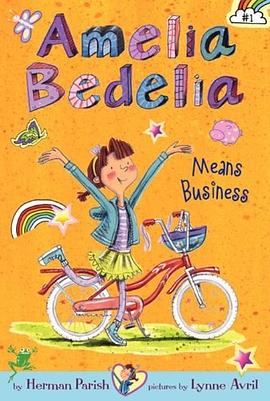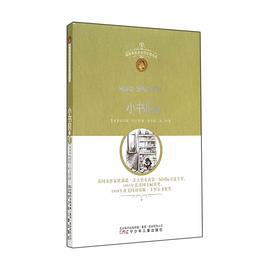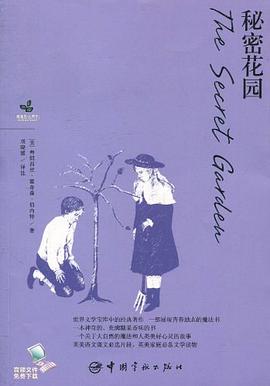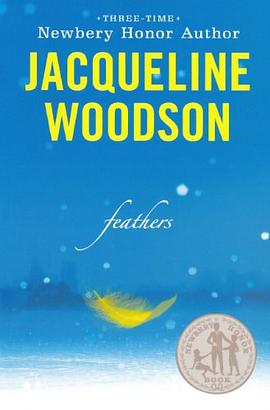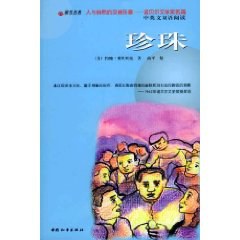

具体描述
下层人民奇诺的儿子被蝎子蛰了,自大的医生不肯医治。奇诺为了赚钱求医找到了一颗非常巨大的珍珠。闻风而来的医生主动要求医治奇诺的孩子....................
作者简介
John Steinbeck, born in Salinas, California, in 1902, grew up in a fertile agricultural valley, about twenty-five miles from the Pacific Coast. Both the valley and the coast would serve as settings for some of his best fiction. In 1919 he went to Stanford University, where he intermittently enrolled in literature and writing courses until he left in 1925 without taking a degree. During the next five years he supported himself as a laborer and journalist in New York City, all the time working on his first novel, Cup of Gold (1929).
After marriage and a move to Pacific Grove, he published two California books, The Pastures of Heaven (1932) and To a God Unknown (1933), and worked on short stories later collected in The Long Valley (1938). Popular success and financial security came only with Tortilla Flat (1935), stories about Monterey’s paisanos. A ceaseless experimenter throughout his career, Steinbeck changed courses regularly. Three powerful novels of the late 1930s focused on the California laboring class: In Dubious Battle (1936), Of Mice and Men (1937), and the book considered by many his finest, The Grapes of Wrath (1939). The Grapes of Wrath won both the National Book Award and the Pulitzer Prize in 1939.
Early in the 1940s, Steinbeck became a filmmaker with The Forgotten Village (1941) and a serious student of marine biology with Sea of Cortez (1941). He devoted his services to the war, writing Bombs Away (1942) and the controversial play-novelette The Moon is Down (1942). Cannery Row (1945), The Wayward Bus (1948), another experimental drama, Burning Bright (1950), and The Log from the Sea of Cortez (1951) preceded publication of the monumental East of Eden (1952), an ambitious saga of the Salinas Valley and his own family’s history.
The last decades of his life were spent in New York City and Sag Harbor with his third wife, with whom he traveled widely. Later books include Sweet Thursday (1954), The Short Reign of Pippin IV: A Fabrication (1957), Once There Was a War (1958), The Winter of Our Discontent (1961), Travels with Charley in Search of America (1962), America and Americans (1966), and the posthumously published Journal of a Novel: The East of Eden Letters (1969), Viva Zapata! (1975), The Acts of King Arthur and His Noble Knights (1976), and Working Days: The Journals of The Grapes of Wrath (1989).
Steinbeck received the Nobel Prize in Literature in 1962, and, in 1964, he was presented with the United States Medal of Freedom by President Lyndon B. Johnson. Steinbeck died in New York in 1968. Today, more than thirty years after his death, he remains one of America's greatest writers and cultural figures.
目录信息
读后感
很薄,写得不错。 一般人都觉得挖到值钱的大珍珠就等于发财了,我也一直这么想的,但这个小说告诉我们,现实永远不是那么简单容易的
评分在电纸书上匆匆地读完了这个中篇小说。 总是对结局显示了无奈。为何正当所得的珍珠到最后却因为现实的碰壁只能丢弃呢? 人的为自己争取幸福的权利多么无奈?在阶层和贫富面前,同样的物质条件下幸福确实不同的。 读了此书,我更灰心也更失望。无论你手里握着的珍珠有多美丽,但...
评分美国诺贝尔得主约翰·斯坦贝尔献给了我们一刻明亮,硕大,珍贵的珍珠,但是,这珍珠无时无刻不显示着丑恶,贪婪。 奇诺在黑暗中醒着。他和妻子以及儿子狗子生活在贫民区。 故事从狗子被蝎子咬伤开始。狗子奄奄一息,他的妻子胡安娜做了一件“惊人”的事情:要为狗子...
评分用户评价
西部片的感觉
评分啊!!人性啊!!
评分斯坦贝克是经典
评分斯坦贝克是经典
评分啊!!人性啊!!
相关图书
本站所有内容均为互联网搜索引擎提供的公开搜索信息,本站不存储任何数据与内容,任何内容与数据均与本站无关,如有需要请联系相关搜索引擎包括但不限于百度,google,bing,sogou 等
© 2025 book.wenda123.org All Rights Reserved. 图书目录大全 版权所有



